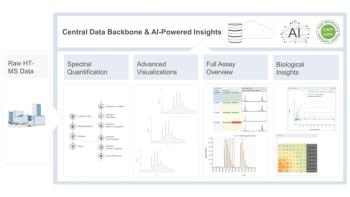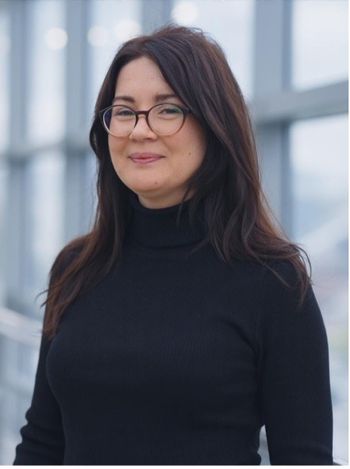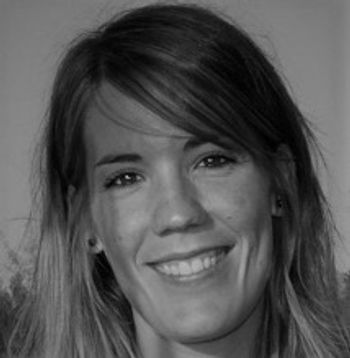
Purifying Bacteriophages Using Anion-Exchange Chromatography
Bacteriophages are vital for addressing antibiotic-resistant bacteria, though phage therapies are currently rare. University of Lisbon researchers recently created a new purification workflow to address these concerns.
Researchers from the University of Lisbon in Lisbon, Portugal created a new purification workflow for handling bacteriophages. Their findings and procedures were published in the Journal of Chromatography A (1).
Bacteriophages are viruses that infect and replicate in bacterial cells. They are believed to be Earth’s most abundant biological agent, being very diverse in size, morphology, and genomic organization (2). They are used in various applications, most notably in treating bacterial infections. This is especially important in giving the rise in antibiotic-resistant bacteria. Misuse of antibiotics may lead to a post-antibiotic era, where minor wounds and infections can have the potential to be fatal. Most antibiotics currently in use were discovered and synthesized in the 1940s–1960s, while many antibiotics in clinical 2 trials are only derivatives of already-existing classes of antibiotics. As such, phage therapy is being revisited as a potential solution for antibiotic-resistant bacteria.
Using phages to combat bacterial infections has been successfully applied for over 100 years in the republic of Georgia. However, in western Europe and the United States, no phage therapy products have yet been approved for clinical application, with the exceptions of compassionate use or through emergency investigational new drug applications. That said, phage therapy and research has been successfully conducted in countries like Belgium and the United States., with phage cocktails being applicable through oral, topical, or intravenous (IV) administration. To make phage therapy more widely available, scalable purification methods that can adequately remove endotoxins, proteins, and host cell DNA must be implemented, something that is notably important when considering IV administration, seeing how these impurities’ presence is highly controlled by regulatory agencies.
With the University of Lisbon study, researchers created a purification workflow amenable to large-scale manufacturing through using anion-exchange chromatography (AEC). According to the research team, using AEC can help avoid the intrinsic limitations of commonly used cesium chloride (CsCl) ultracentrifugation, while helping to strive for the eventual goal of discovering high-purity phages that can be used for parenteral application.
The Escherichia coli lytic virus T4 was used as a model phage. To avoid co-adsorption of endotoxin and phages during AEC, the scientists used an alkaline phosphatase (AP) to dephosphorylate endotoxins, which reduces the endotoxins’ net global charge while allowing efficient recovery of phages. Finally, multimodal H-bond chromatography was explored instead of AEC, though, in that case, no enzymatic treatments were applied. Phage recovery and removal of endotoxins, proteins, and host cell DNA were evaluated.
The scalable DSP was successfully developed, allowing the scientists to obtain phage preparations suitable for treating antibiotic-resistant bacterial infections. The DSP trains, which were mainly based on applying an enzymatic treatment prior to AEC (a widely used unit operation in the biopharmaceutical industry), were focused on removing endotoxins, bacterial DNA, and proteins. An alternative strategy was to use H-bond chromatography without enzymatic treatment, with stepwise elution optimized for each process. Global phage recoveries between 3.3–45.1% were obtained, with major losses in the DF step, and final phage titers up to 1.26 × 1011 PFU/mL. Endotoxin removal yields ranged from 87.3–98.8 % were obtained, and a statistically significant difference was observed between processes with and without the use of AP. Notably, proteins and host DNA were almost completely removed.
The results in this study showed that when an enzymatic treatment is combined with AEC, it can be a promising and scalable purification strategy, contributing to a possible widespread application of phage therapy in medical practice.
References
(1) Saavedra, J. P. P.; Silva-Santos, A. R.; Duarte, S. O. D.; Azevedo, A. M. Scalable Purification of Bacteriophages Preparations. J. Chromatogr. A 2025, 1749, 465890. DOI:
(2) Kasman, L. M.; Porter, L. D. Bacteriophages. StatPearls 2022.
Newsletter
Join the global community of analytical scientists who trust LCGC for insights on the latest techniques, trends, and expert solutions in chromatography.





